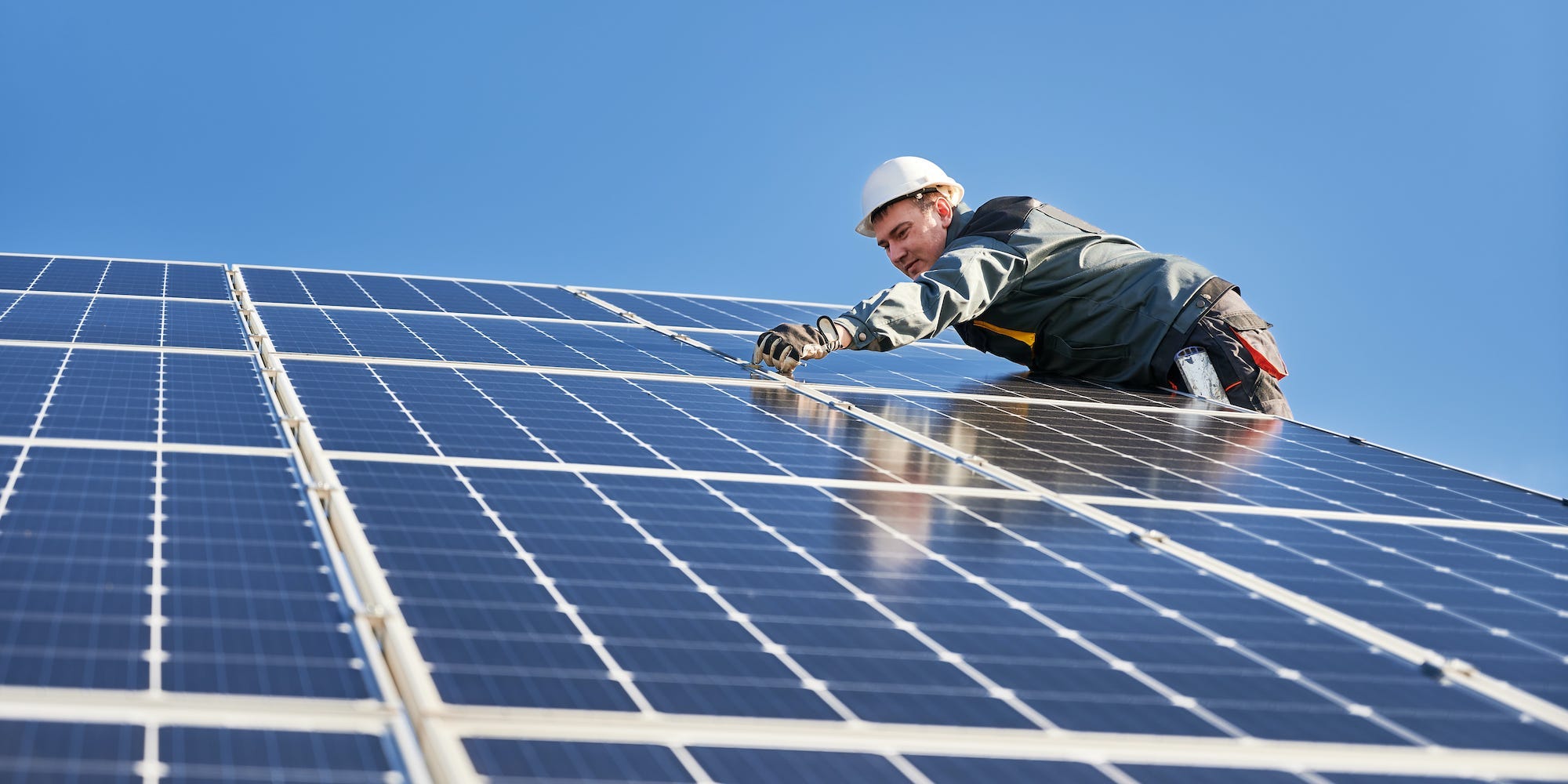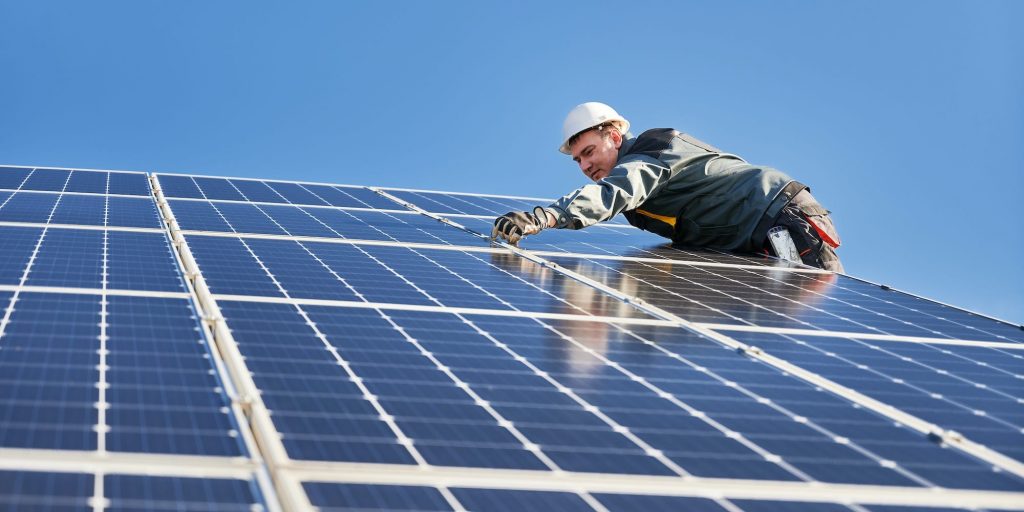
anatoliy_gleb/Getty Images
- Recent volatility in energy prices could become the norm if investments in renewable sources aren't enough to meet demand, the IEA warned.
- "We are not investing enough to meet future energy needs, and the uncertainties are setting the stage for a volatile period ahead," the agency said.
- More investments in renewable energy are necessary to reduce carbon emissions and to prevent an economic shock from a surge in oil prices, the IEA said.
- Sign up here for our daily newsletter, 10 Things Before the Opening Bell.
A surge in energy prices in Europe and Asia due to an ongoing supply crunch could become the norm if investments in renewable sources aren't accelerated, the International Energy Agency warned in its annual outlook report.
The watchdog group said that while demand for energy continues to surge as global population growth continues and millions of people are lifted out of poverty every year, it will be essential for supply to play catch-up to avoid an ongoing surge in oil, coal, and natural gas prices.
"We are not investing enough to meet future energy needs, and the uncertainties are setting the stage for a volatile period ahead," the IEA said.
A lack of investment in renewable energy sources like solar and wind could be a lose-lose situation for the global population, as it would lead to a continued rise in carbon emissions and could also contribute to an economic shock if energy prices stay elevated.
To achieve the goal of transitioning to net-zero emissions by 2050, the energy grid needs to play a delicate balancing act in matching supply with demand when transitioning away from fossil fuels and toward less carbon-heavy alternatives.
"If the supply side moves away from oil or gas before the world's consumers do, then the world could face periods of market tightness and volatility. Alternatively, if companies misread the speed of change and over-invest, then these assets risk under-performing or becoming stranded," the IEA report said.
The world is grappling with that imbalance after coming out of the pandemic, as demand was underestimated and energy suppliers are struggling to catch up. Oil prices are up 60% year-to-date, and US natural gas prices have more than doubled.
To meet the expected surge in energy demand and at the same time reach a net-zero emission goal by 2050, the IEA forecasts that $4 trillion in annual spending on renewable energy will be needed by 2030. Much of that funding must come from the private sector, but leadership is required.
"Clear signals and direction from policy makers are essential. If the road ahead is paved only with good intentions, then it will be a bumpy ride indeed," the IEA report said.
Dit artikel is oorspronkelijk verschenen op z24.nl
